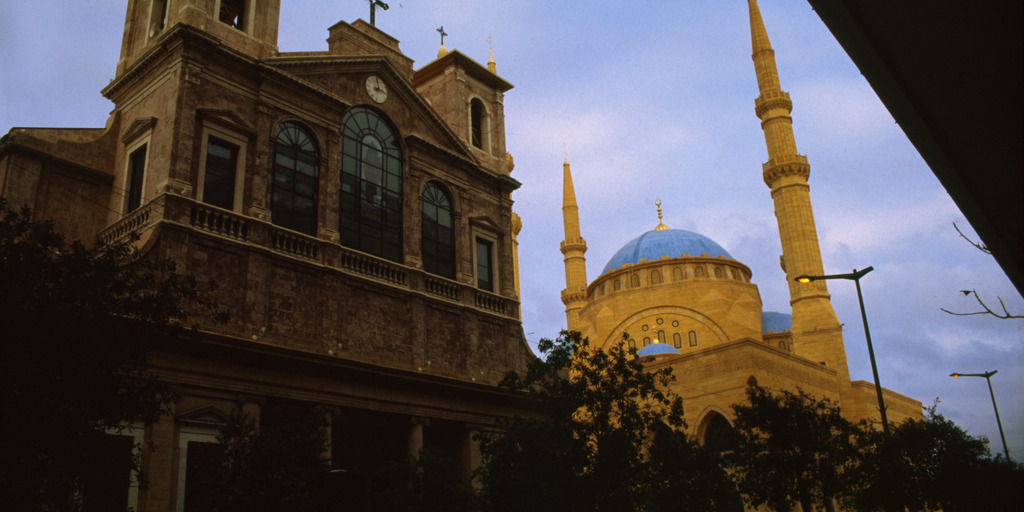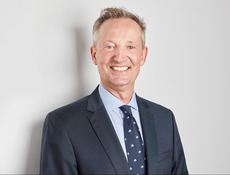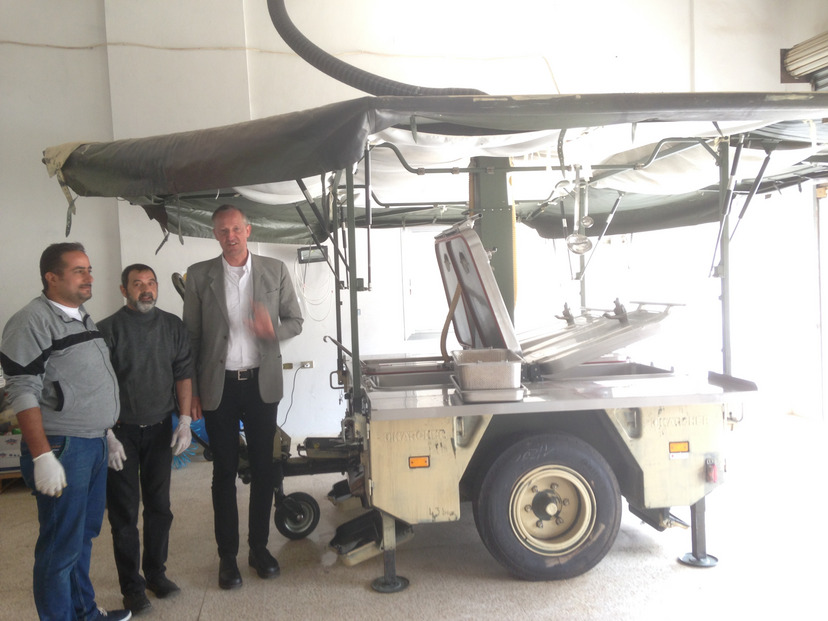Problems as far as the eye can see. That's one way to sum up the situation in Lebanon. The future is uncertain for the country's 4.6 million inhabitants given the complex array of domestic and foreign conflicts impacting life there. Yet there are a few rays of hope.
The size of the German state of Hesse, Lebanon is officially a republic. In reality, however, the country's democracy is paralyzed: Parliament rarely meets, there has been no president since 2014 and the country's political parties are dominated by influential families and former warlords. Although a transitional "unity government" is currently leading the country, it has often been mired down in internal conflicts and unable to take action as a result. Some of the 18 religious communities represented in the cabinet are aligned with Iran and Syria, others with Saudi Arabia. Like its neighbor Syria, to which it has traditionally had close ties, Lebanon has long been a staging ground for the regional power struggle between Teheran and Riyadh – to the detriment of the local population.
Hezbollah is also a player in the Lebanese government. It controls large sections of the country's south and is effectively a state within a state. Its militia is classified as a terrorist group by the EU, primarily because of its ground and aerial attacks on Israel. Others, including the United States and the Arab League, have placed the entire organization on their terrorist watch lists.
In addition to the unstable political situation, Lebanon suffers from a stalled economy, rampant corruption and a fraught refugee situation. The approximately 500,000 Palestinian and Iraqi refugees, some of whom have lived in the country for decades, have been joined since 2012 by another one million Syrians fleeing the civil war in their homeland. Lebanon's borders have recently been closed and the actual number of refugees is unknown, since new arrivals have not been registered since early 2015. Most of the refugees have an indeterminate legal status or lack legal standing completely. As a result, they often live in unbearable conditions and their children must work in their stead.
What has prevented Lebanon from falling apart completely? Who can provide stability and economic growth to a nation still haunted by a civil war that lasted 15 years and claimed 90,000 lives? And what kinds of refugee aid are needed on the ground? Our factsheet provides answers to these questions and others.
About our series
Released at regular intervals, each report in our series "Facts on the European Dimension of Displacement and Asylum" examines a country affected by the current refugee situation. In addition to issues relating to displaced persons and human rights, each country's degree of democratization is analyzed in detail and its relationship with the European Union discussed. The analysis also looks at possibilities for cooperating with Brussels. Past reports shed light on the situation in Turkey, Ukraine, Libya, Syria and Morocco. The next analysis will focus on Jordan.
Our colleague Christian Hanelt visits the analyzed countries and talks with the people to get an actual impression of the whole situation.
Please find the complete report on Lebanon here.





